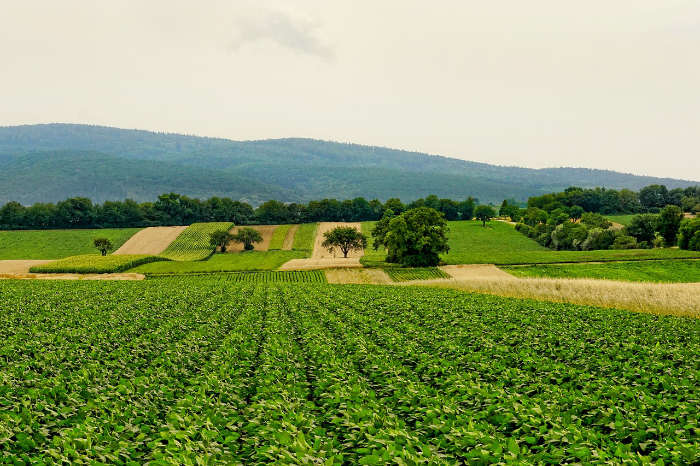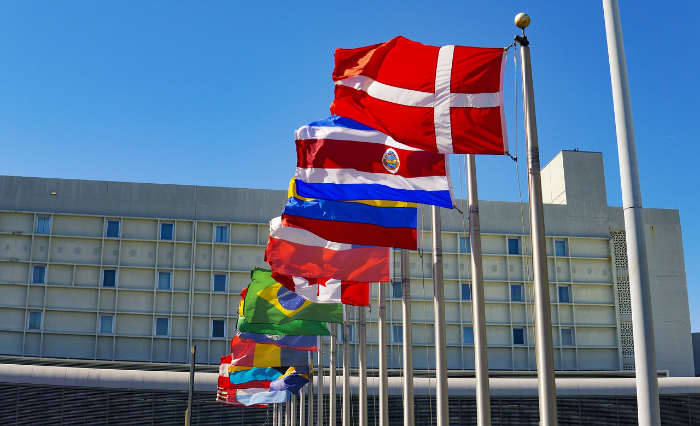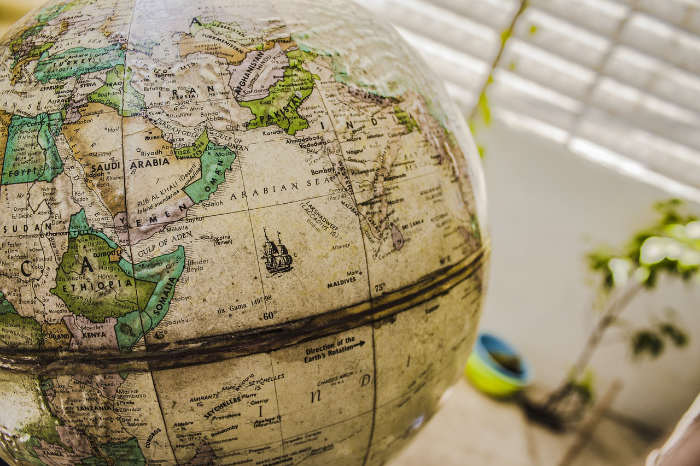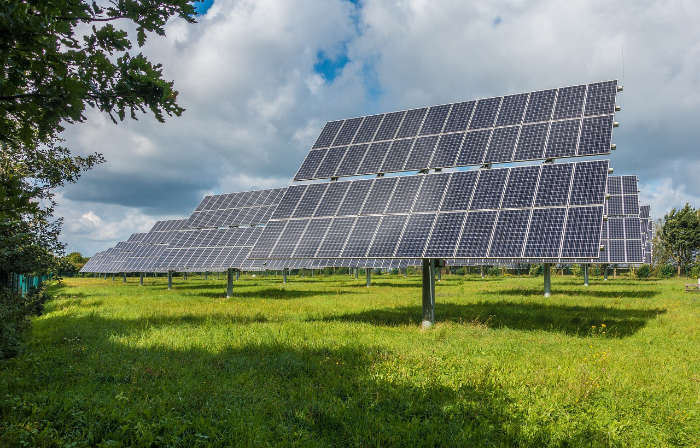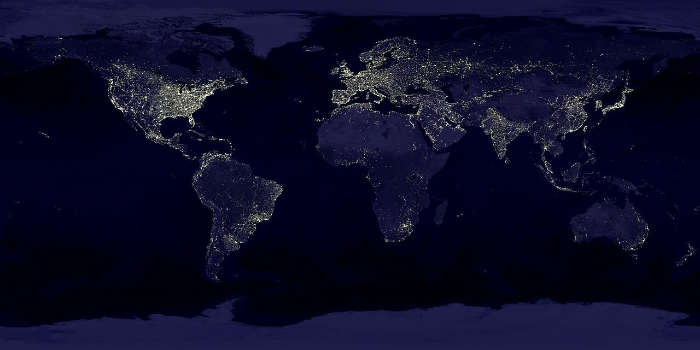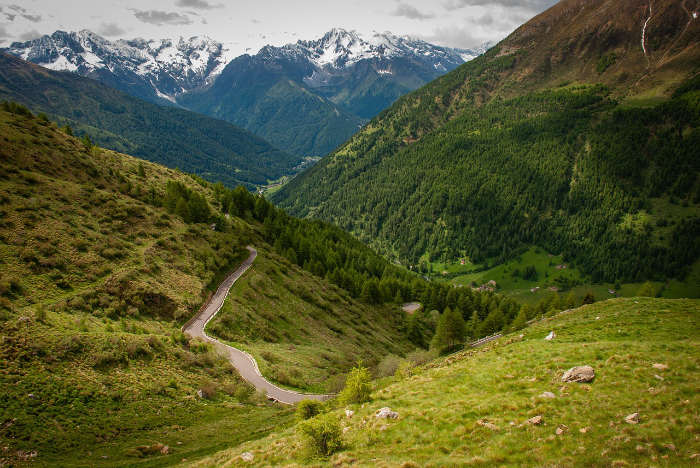Rice Production by Country 2025

0
20K
40K
60K
80K
100K
120K
140K
160K
180K
200K
220K
5 Countries that Produce the Most Rice
208,495 kilo tonnes
196,246 kilo tonnes
57,189 kilo tonnes
54,749 kilo tonnes
42,672 kilo tonnes
- Total consumption values are expressed in kilotonnes (i.e., a displayed value of 67 = 67,000 tonnes)
- Also known as a metric ton, one tonne = 1,000 kg, or roughly 2,204.6 lbs.
After sugarcane and corn, rice is the third most produced agricultural crop in the world. For over half of the world’s population, rice is the primary food staple, with Asia, Sub-Saharan Africa, and South America being the largest consumers of it. Oryza Sativa, the primary species of rice, is believed to have originated in Asia from the Graminaceae family.
While rice is produced in a variety of regions in the world, the physical demands for cultivating it are only met in specific areas. Consistent production requires high daytime temperatures and cooler nights during the growing season. An abundant supply of water, smooth land to assist with steady flooding and drainage, as well as a subsoil where hard-pan impedes percolation is also necessary.
Rice Production in Asia
As of 2022, the top 10 producers of rice are located in Asia. Together, China and India account for more than half of the rice produced globally. Rice is also the primary crop grown in Thailand and Indonesia, as well as other Southeast Asian countries.
The tropical climate in both Thailand, the island of Madagascar, and Indonesia provides ample rain to yield a large rice crop. It is not uncommon for these areas to produce two or more rice crops each year.
Rice Production Worldwide
By the end of 2022, it is estimated that about 515 million tons of rice will be produced worldwide. This represents a 0.23% increase in global production. India remains the largest exporter of rice in the world, while the Sub-Saharan African region imports the most rice.
More than 80% of the world’s rice is harvested in 10 countries. As the global population continues to rise, rice will continue to be a major source of calories and nutrition.
The bar graph below represents the top 10 countries who produce the most rice in metric tons in 2022.





